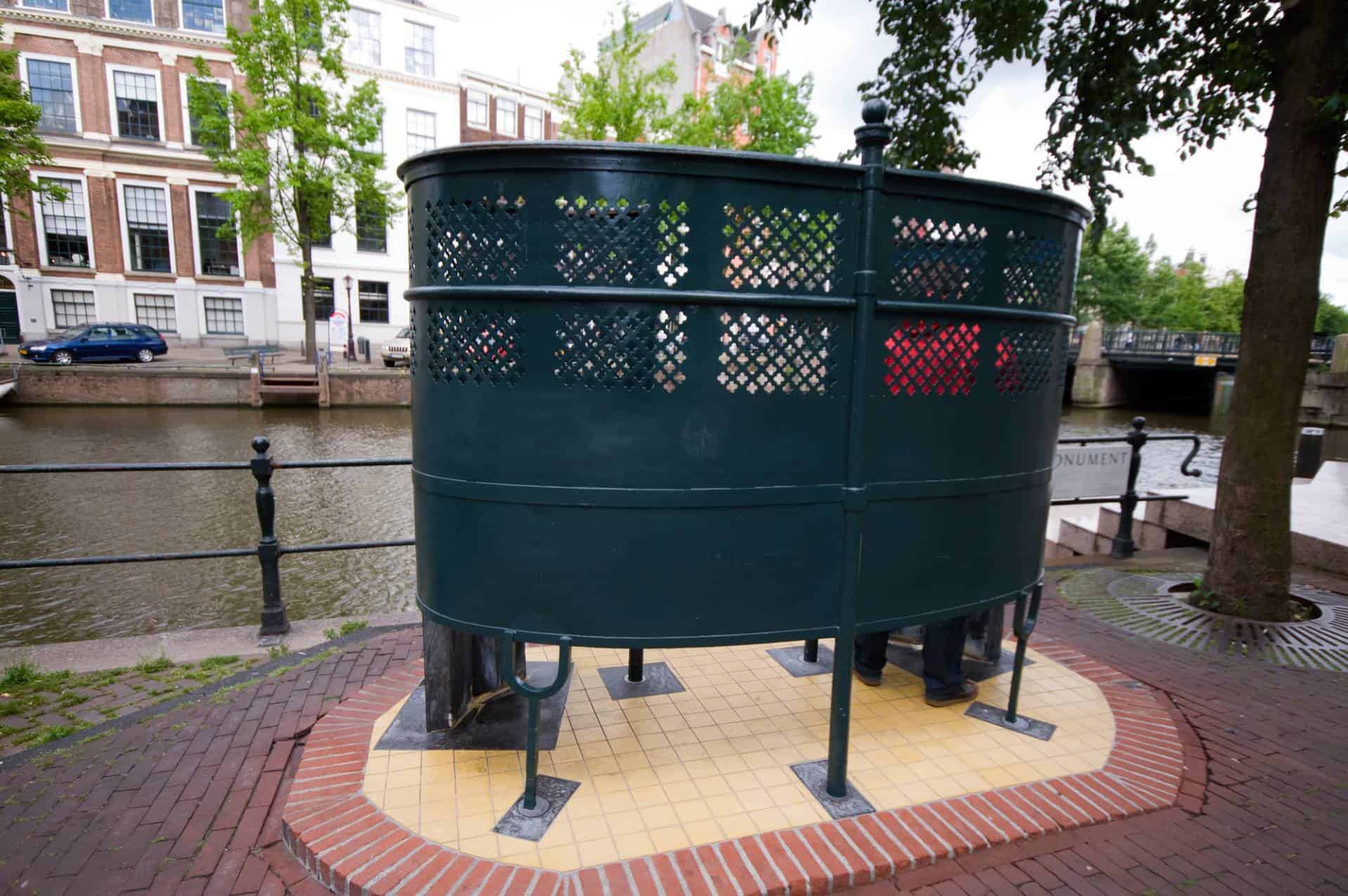
European Bathroom stalls and Toilets
When it comes to bathrooms, the stark contrasts between American and European facilities often leave travelers puzzled and amused. European bathrooms can be quirky, sometimes even bizarre, especially to those accustomed to the more standardized American toilets. One notable difference lies in the design of public restrooms. While American stalls are typically spacious and well partitioned, European public bathrooms don't always follow suit. Instead, they might feature poorly designed stalls or even lack partitions altogether, leaving users with a sense of discomfort and a longing for privacy, particularly in train stations or public toilets in Europe.
In addition to the lack of privacy partitions, European bathrooms often introduce travelers to unique fixtures like bidets. While bidets are not commonly found in American bathrooms, they are a staple in many European countries, especially in Southern and Eastern Europe. This mysterious porcelain fixture, resembling an oversized bedpan to the uninitiated, can leave American travelers scratching their heads in confusion or intrigue.
Furthermore, the layout of European hotel bathrooms can be surprising to American guests. Hotel owners sometimes carve out chunks of elegant bedrooms to shoehorn in prefab private bathrooms, resulting in cramped spaces where one might hit their head on the ceiling while using the facilities. The sight of a showerhead sitting loose in a caddy or mounted low on the tub can also be perplexing, especially when compared to the more standardized fixtures found in American hotel bathrooms. In many European bathrooms, it's not uncommon to find a bidet, a fixture adjacent to the European toilet, used for personal hygiene with a gentle spray of water.
Another peculiar aspect of European bathrooms is the use of squat toilets, particularly in Eastern Europe. Travelers encountering these toilets for the first time may find themselves at a loss, unsure of how to use the facilities without making a mess or falling over. The experience can be both humorous and eye-opening, prompting travelers to keep an open mind and embrace the cultural differences they encounter while traveling in Europe.
For all of Europe's elegance and civility, using the toilet can be a ridiculously challenging experience. Between the bidet, the Turkish toilets (aka ‘the squat pit’ or the ‘old hole in the floor’), and the all too common #50 grit sandpaper that passes for bung roll, one thing is for certain: it pays to be open-minded and flexible (sometimes quite literally). Despite the basic biological human need to pee or poop, many toilets do actually charge (sometimes as much as 50 cents or even a euro on rare occasion) and will have a surly attendant sitting behind a makeshift desk to take your change. If a charge is not mandatory, tip the cleaner generously (usually 20 cents will suffice). It’s a nasty job but somebody’s got to do it.
Navigating the intricacies of European bathrooms can be a bewildering experience for many, especially when encountering fixtures like the bidet, whose usage may seem perplexing at first glance. While primarily intended for post-toilet cleansing or personal hygiene, some may even repurpose it as a footwash basin. The disposal of toilet paper into trash cans rather than flushing highlights the issue of inadequate water pressure in many European locales. Additionally, the presence of "observation style bowls" harkens back to earlier times, serving as a curious relic in modern facilities. Surprisingly, toilet seats are often absent in many European toilets, prompting questions about their omission. Furthermore, the prevalence of unisex bathrooms adds another layer of novelty to the European bathroom experience. Meanwhile, the sight of outdoor urinals in cities like Amsterdam can be both shocking and eye-opening, particularly when juxtaposed with passing pedestrians. Interestingly, in France, while peeing in public may be frowned upon, it is not explicitly illegal, offering a glimpse into cultural attitudes towards public hygiene.
Despite the initial confusion or amusement that European bathrooms may elicit from American travelers, these differences often become part of the adventure and charm of traveling abroad. Embracing the quirks of European bathrooms can lead to memorable experiences and humorous anecdotes to share with friends and family back home. So, the next time you encounter a mysterious bidet or a squat toilet in Europe, remember to keep it aimed, watch your head, and enjoy the unique bathroom experience that each place has to offer.










